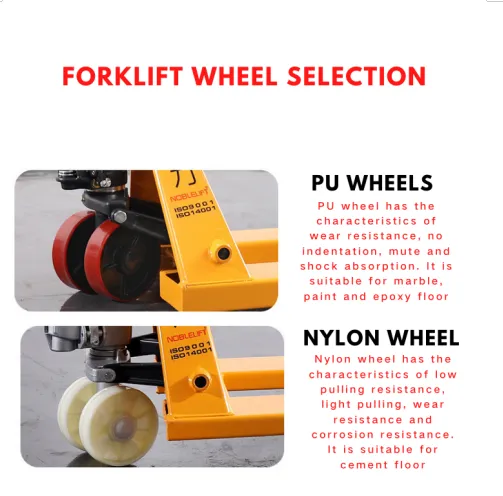mobile portal crane
The Evolution and Significance of Mobile Portal Cranes
In the ever-evolving world of construction and heavy lifting, mobile portal cranes have emerged as pivotal machinery, optimizing efficiency and enhancing productivity on various job sites. Known for their versatility and adaptability, these cranes have transformed how materials are moved and handled, making them a crucial part of modern industrial operations.
Understanding Mobile Portal Cranes
Mobile portal cranes, which also go by the name gantry cranes, are characterized by their bridge-like structure supported by two or more legs. This design enables them to move horizontally across the work area while lifting and lowering loads vertically. Unlike fixed cranes, mobile portal cranes can be easily relocated within a construction site or between job sites, providing a level of flexibility that static machinery simply cannot match.
These cranes can be powered by electric or diesel engines, adding to their versatility. They can operate in harsh conditions, making them ideal for outdoor use in sectors like shipping, construction, and manufacturing. The ability to lift heavy loads—often exceeding several tons—combined with their mobility, allows companies to streamline operations and maximize productivity.
Features and Advantages
One of the most significant features of mobile portal cranes is their ease of operation. They are designed with user-friendly controls, allowing operators to maneuver them with precision and confidence. Safety is also a paramount consideration in their design; modern mobile portal cranes come equipped with various safety features, such as load limiters, emergency stop buttons, and advanced monitoring systems that ensure safe operation under varying conditions.
Another advantage of mobile portal cranes is their economical use of space. Their compact design allows them to operate in tighter areas where traditional cranes may be impractical. This feature is particularly beneficial in urban construction sites, where space is often limited, allowing for more efficient project execution.
mobile portal crane

Applications in Various Industries
The diverse applications of mobile portal cranes contribute to their increasing popularity across multiple industries. In the shipping industry, for instance, they are essential for loading and unloading containers at ports, facilitating the rapid movement of goods. In construction, they are used for lifting heavy materials, such as steel beams and precast concrete panels, streamlining the building process.
Moreover, manufacturing industries utilize mobile portal cranes for assembly line operations, ensuring that components can be moved swiftly and safely from one stage of production to another. The versatility of these cranes enables them to be employed in various settings, from construction sites to warehouses and factories.
Future Trends
As technology advances, the future of mobile portal cranes looks promising. Innovations such as automation and remote control are set to redefine operational efficiency. Companies are increasingly integrating smart technologies and IoT connectivity into their operations, allowing for real-time monitoring and data analytics, which can enhance productivity and predict maintenance needs.
Furthermore, the push for sustainability in industrial operations is leading to the development of electric models with lower emissions. As industries become more environmentally conscious, the demand for energy-efficient machinery, including mobile portal cranes, is expected to rise.
Conclusion
Mobile portal cranes are more than just heavy-lifting machines; they represent a significant advancement in the construction and industrial sectors. Their adaptability, efficiency, and safety features make them an invaluable asset across various applications. As technology continues to advance and industries evolve, mobile portal cranes will undoubtedly play a vital role in shaping the future of heavy lifting and construction operations, paving the way for more efficient and sustainable practices. Whether in bustling ports, crowded construction sites, or expansive manufacturing facilities, these cranes prove time and again that they are essential to modern industrial success.
-
Portable 2000 lb Gantry Crane | Heavy-Duty & AdjustableNewsAug.30,2025
-
Versatile Lifting Solutions with Gantry and Overhead CranesNewsAug.29,2025
-
The Versatile Mobile Gantry Crane SolutionNewsAug.29,2025
-
Reliable Movement with Heavy Machinery Skates and RollersNewsAug.29,2025
-
Reliable Lifting Performance with 2000 lb Gantry Crane and 2 Ton Overhead SystemsNewsAug.29,2025
-
Maximize Lifting Efficiency with PML Magnetic LiftersNewsAug.29,2025
-
Efficient Relocation Starts with Reliable Machinery MoversNewsAug.29,2025
